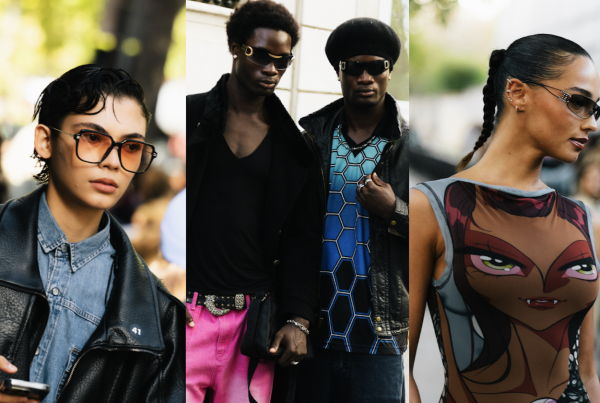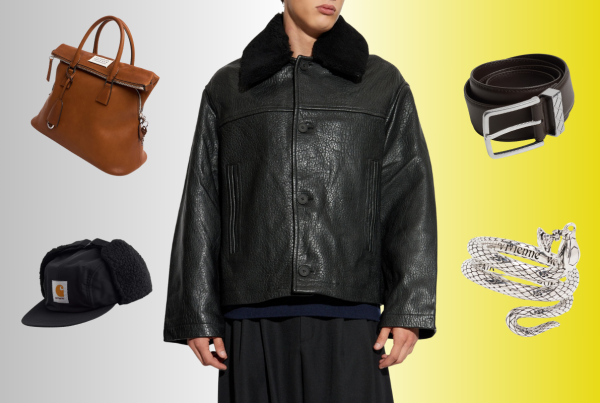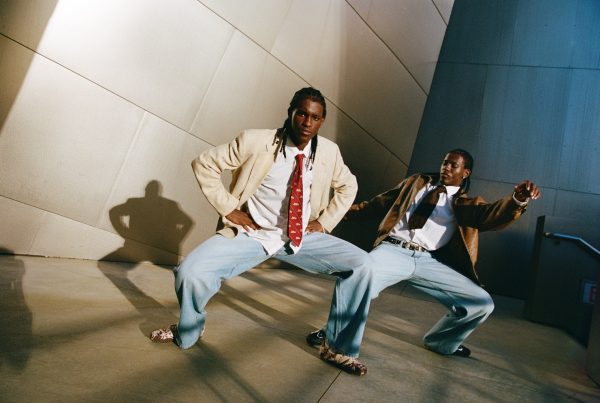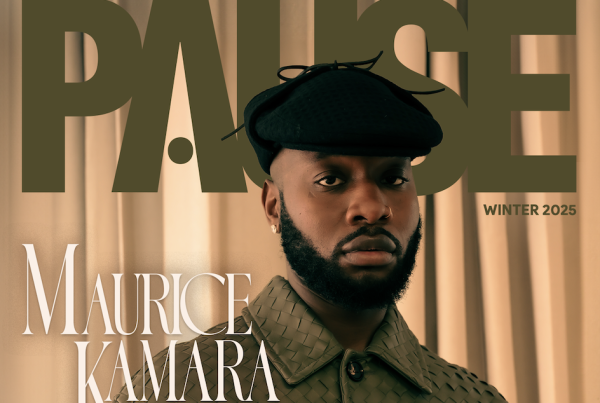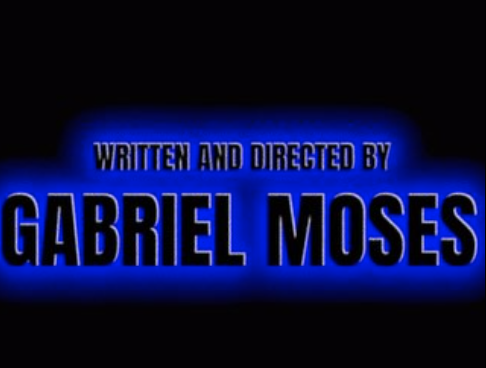Before Kanye was rapping about Ralph Lauren and way before A$AP Rocky had anything to do with Rick Owens, Jamaican-born DJ Kool Herc was busy creating a small subculture in The Bronx, New York city. Later on, that subculture would come to be known as Hip Hop.

Soon, hip hop was no longer considered a musical secret between the people of New York. Before the world knew it, they were being hit left, right and centre with this strange new genre of music and lifestyle.
It is difficult to pinpoint hip hop as just a music genre, when there’s so much more to it, especially in terms of fashion. The first time we saw the two industries really merge, and when branding got involved, was when Run DMC stepped into the game with their iconic Adidas tracksuits and trainers. Along with their hats and heavy gold chains, Run DMC created an image for themselves that would forever be associated with their music.
Soon, every rap artist or crew had their own personalised ‘look’. N.W.A were rarely seen without their caps and MC Hammer’s pants still pop back into trend every now and again.
 One similar theme throughout though was the baggy clothing. Oversized t-shirts and hoodies will always be associated with hip hop, even if the silhouette has changed slightly this past decade thanks to the influence of rap trendsetters like Andre 3000, Kanye West and Pharrell Williams.
One similar theme throughout though was the baggy clothing. Oversized t-shirts and hoodies will always be associated with hip hop, even if the silhouette has changed slightly this past decade thanks to the influence of rap trendsetters like Andre 3000, Kanye West and Pharrell Williams.
But hip hop isn’t about the clothing; it’s not even just about the music. Hip hop is a culture. Whilst Kool Herc was mixing funk and disco with reggae on the decks, hip hop lovers on the streets of New York were breakdancing to it, and soon graffiti and tagging also became a major part of the culture, as well as beatboxing and of course rapping.
It makes sense that something that started off in the streets, would end up influencing street style as much as it does, even if it has evolved into a gigantic business. Fashion labels started up by the likes of Russel Simmons and Jay-Z paved the way for young emerging artists to start-up their own endorsements.
Of course the day old debate over whether street style influences catwalk or vice versa doesn’t just apply to hip hop. Many designers have been influenced by subcultures that were started on the street, from Vivienne Westwood and punk to Marc Jacobs and grunge.
It does go both ways however. The influence of hip hop isn’t difficult to see on the streets. Although it’s still young and growing, it is now an industry and therefore it advertises to the public and uses endorsements. Although some artists have forgotten the humbling roots of the culture, many rappers still deliver the positive message that Kool Herc first intended hip hop to be about.
Words: Ernela Vukaj









